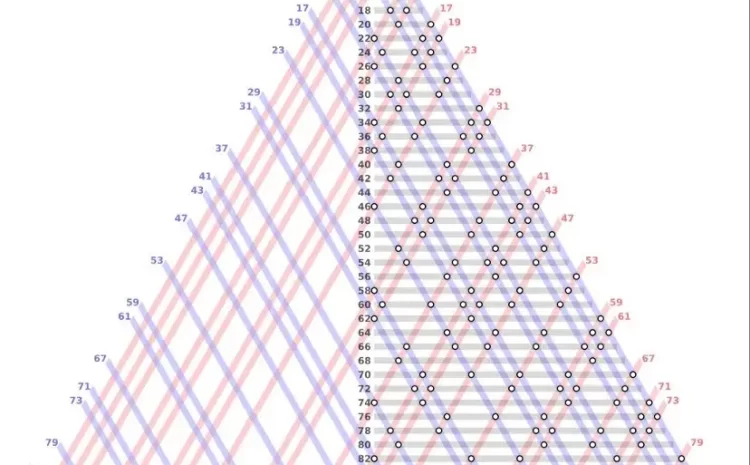Unsolved Math Problems: The Goldbach Conjecture!
“Unsolved Math Problems: The Goldbach Conjecture!”
There are still many unsolved problems in Mathematics, despite countless research trying to solve these problems. Our Math problem for today is about the Goldbach Conjecture. In a previous post, I talked about the Collatz Conjecture, which is one of my favorite unsolved problems in Mathematics.
The Goldbach conjecture is a famous open problem in mathematics that states that every even integer greater than 2 can be expressed as the sum of two prime numbers. This conjecture has been verified for very large numbers, but a complete proof or disproof has eluded mathematicians for over three centuries.
The conjecture was proposed by ?
The conjecture was first proposed by Christian Goldbach, a Prussian mathematician, in a letter to his colleague Leonhard Euler in 1742. Goldbach’s conjecture states that every even integer greater than 2 can be written as the sum of two prime numbers. For example, 4 can be written as the sum of 2 and 2, 6 can be written as the sum of 3 and 3, and 8 can be written as the sum of 5 and 3.
Despite its simplicity, the Goldbach conjecture has proven to be a difficult problem to solve. Over the years, many mathematicians have attempted to prove or disprove the conjecture, but to date, no one has been able to come up with a complete proof.
One of the reasons the Goldbach conjecture is so difficult to prove is that it involves the concept of prime numbers, which are numbers that are divisible only by themselves and 1. Prime numbers play a crucial role in mathematics and are often used to prove other mathematical results, but they are also notoriously difficult to work with.
Another reason:
Another reason the Goldbach conjecture is difficult to prove is that it involves the concept of infinity. The conjecture states that every even integer greater than 2 can be written as the sum of two prime numbers, which means that the conjecture applies to an infinite number of even integers. Proving an infinite number of statements can be challenging, as it requires a different approach than proving a finite number of statements.
Despite the difficulty of the problem, many mathematicians have attempted to prove the Goldbach conjecture over the years. In the 19th century, mathematician Bernhard Riemann made significant progress towards a proof by developing a new mathematical tool called the zeta function. This function allows mathematicians to study the distribution of prime numbers and has been used to make significant progress on many other open problems in mathematics.
Over the years
Over the years, mathematicians have used computers to verify the Goldbach conjecture for very large numbers, and the largest number for which the conjecture has been verified is currently around 4 x 10¹⁸, or 40 quintillion. This verification was performed by a team of mathematicians led by Michael O. Rabin in the 1980s.
However, it is important to note that verifying the conjecture for a very large number does not constitute a complete proof of the conjecture. In order to prove the conjecture, it would be necessary to find a general proof that applies to all even integers, not just a specific set of very large numbers.
Despite the challenges, many mathematicians continue to work on the Goldbach conjecture, as it remains one of the most famous open problems in mathematics. The conjecture has inspired much research and has led to the development of new mathematical techniques and tools, which have in turn been used to make progress on other open problems in mathematics.
In Conclusion,
the Goldbach conjecture is a famous open problem in mathematics that has eluded a complete proof or disproof for over three centuries. Despite the difficulty of the problem, many mathematicians continue to work on it, as it remains an important and fascinating area of study.
Read More blogs in AnalyticaDSS Blogs here : BLOGS
Read More blogs in Medium : Medium Blogs
Read More blogs in R-bloggers : https://www.r-bloggers.com






